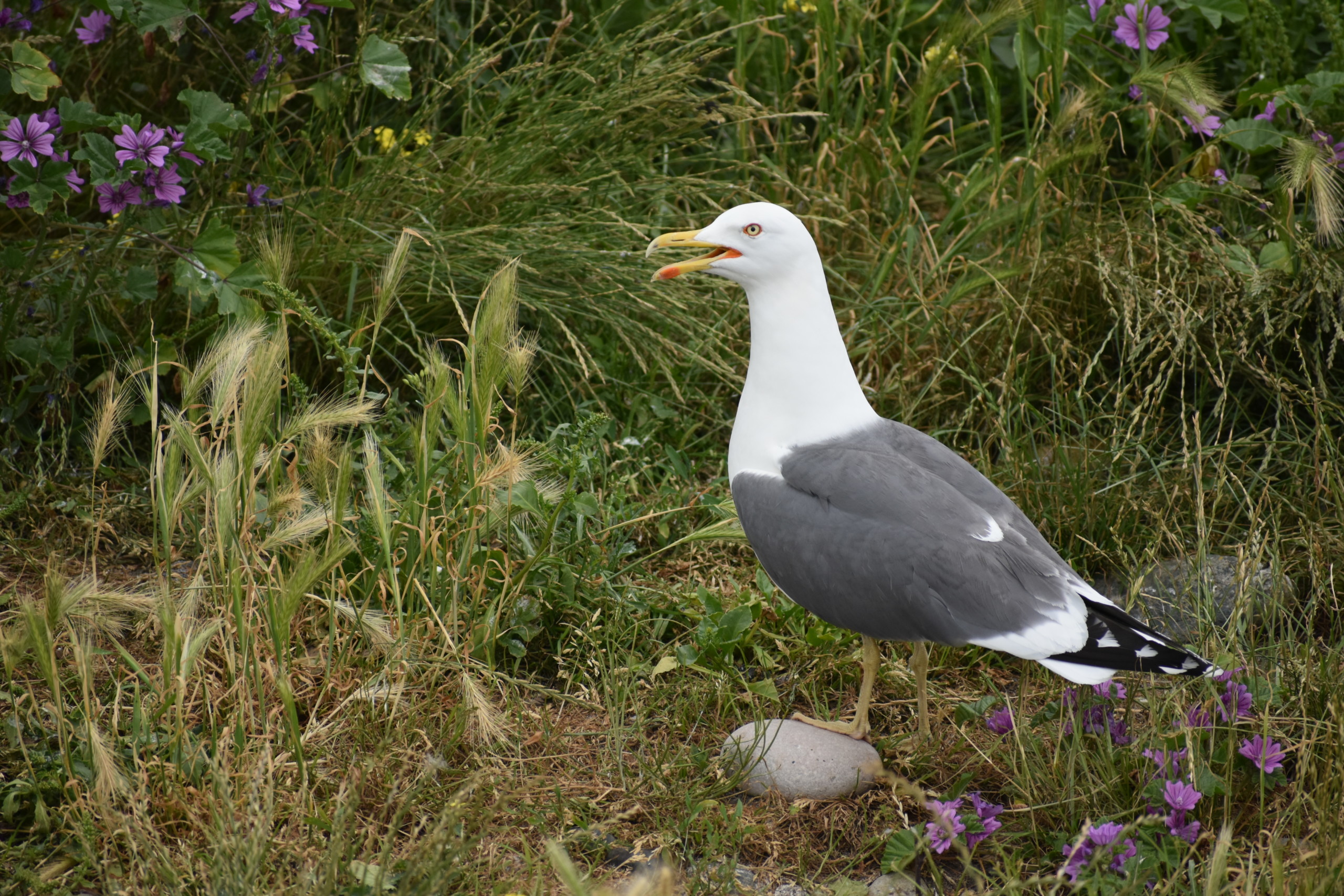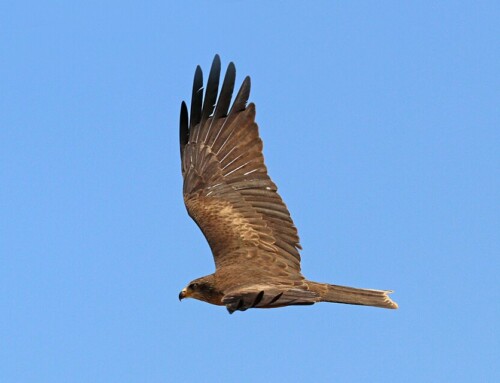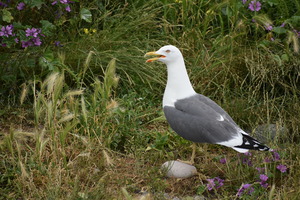 LINKED PAPER
LINKED PAPER
Urban and coastal breeding lesser black-backed gulls (Larus fuscus) segregate by foraging habitat. Langley, L.P., Bearhop, S., Burton, N.H.K., Banks, A.N., Frayling, T.I.M., Thaxter, C.B., Clewley, G.D., Scragg, E. & Votier, S.C. 2022 Ibis. doi: 10.1111/ibi.13109 VIEW
Growing human populations have led to increased urbanization with a range of negative consequences for global biodiversity. However, urban habitats also present novel ecological opportunities, including abundant human food subsidies, reduced predation pressure and a benign microclimate due to urban heat-island effects. Taking advantage of these opportunities, a number of generalist species have moved into towns and cities and flourished, with gulls representing a classic example of this phenomenon.
During the last century, several species of gull colonised towns and cities around the world, taking advantage of abundant food from human waste whilst also benefitting from predator-free breeding habitat. These urban breeding populations increased rapidly, however in some places this led to conflict with people due to disease transmission risk and perceived nuisance behaviours such as noise, aggression, fouling and food-snatching which have led to control programmes in some areas. However at the same time, many important coastal colonies have shown marked declines, and while the reasons are unclear, this change in status has made them the focus of conservation efforts (Ross-Smith et al. 2014).
In order to better understand these divergent population trends and design effective conservation and management programmes, we need to improve our understanding of the movement ecology of urban and coastal breeding gull populations. Some recent tracking studies have begun to shed light on the movement behaviour of urban gulls globally (e.g. Spelt et al. 2019), however few make direct comparisons between neighbouring urban and coastal colonies.
In this study, we used GPS-tracking data collected by the British Trust for Ornithology from adult Lesser Black-backed Gulls (Larus fuscus) breeding at the coastal colony of South Walney Nature Reserve, Cumbria, and the neighbouring urban colony of Barrow-in-Furness, to investigate differences in movement behaviour, home range area and habitat use between colonies. In order to control for potential differences in habitat availability between sites we also modelled habitat selection using resource selection functions (Aarts et al. 2008). In theory, given the colonies’ proximity and the species’ foraging range these populations have access to similar foraging habitats, providing an excellent opportunity to compare the ecology of urban and coastal breeders without the confound of location.
However, generalist species such as gulls often show marked inter-individual differences in foraging behaviour at a given colony, which may have implications for management. Therefore we also examined within-colony differences in individual habitat use at both sites.
Gulls breeding at the urban colony did not travel as far as coastal breeders during their foraging trips and had smaller home ranges. Additionally, we observed marked differences in habitat selection. Gulls from the two colonies segregated by foraging habitat, with coastal gulls frequenting intertidal areas whilst urban breeders selecting strongly for urban areas which were largely avoided by coastal birds (Fig. 1).
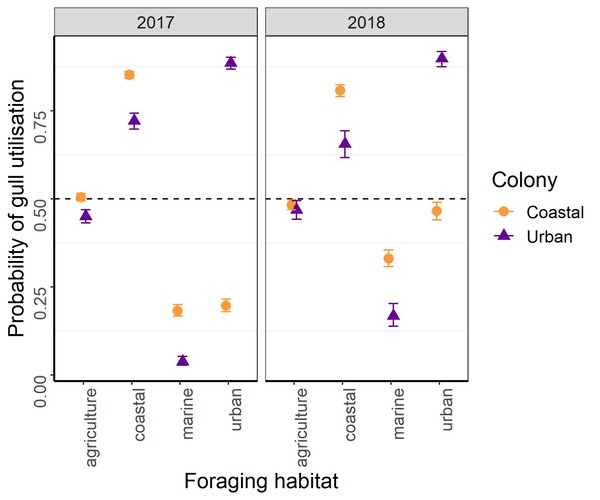
Figure 1 Estimates and 95% confidence intervals from gull resource selection models of the four main foraging habitats (agriculture, coastal, marine and urban) by colony type: coastal (gold circles) and urban (purple triangles). A probability of 0.50 indicates that birds are using habitat in proportion to availability within the foraging range (colony-level minimum convex polygon) and values of >0.50 indicate selection for that habitat type.
However, we also observed extensive inter-individual variation in the habitat use of tracked birds. At both sites, birds exhibited a continuum from highly specialized to generalist individuals (Fig 2).
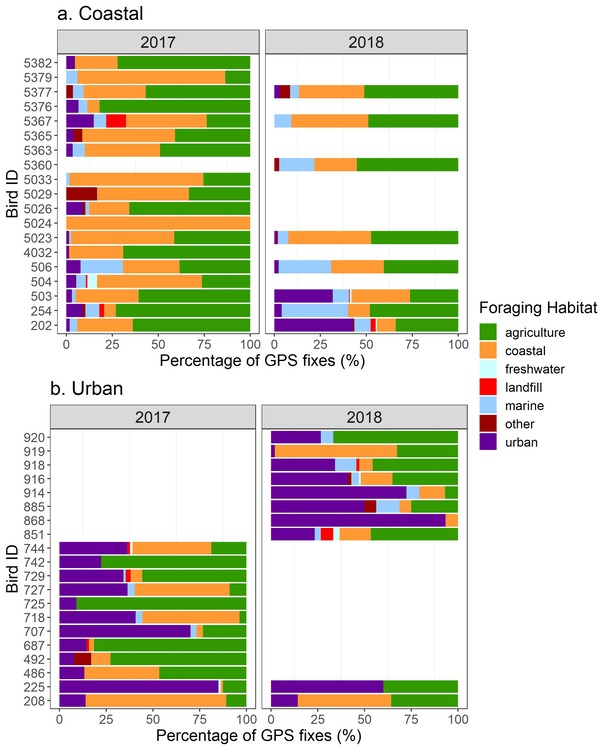
Figure 2 Habitat use of individual GPS-tracked Lesser Black-backed Gulls from the coastal (a) and urban (b) colonies. Habitat use was quantified as the percentage of foraging trip fixes in each of seven main habitat classes – agricultural, coastal, freshwater, land- fill, marine, urban and other (scrub, woodland and other non-foraging habitats) – based on the habitat class at the distal location. At both colonies, we observed marked inter-individual differences in foraging habitat use.
These results highlight how breeding habitat can influence the ecology of gulls, with differences in foraging preferences between breeding habitats leading to segregation at the population-level. Such differences in foraging ecology are important from an applied perspective, as they highlight how management could lead to habitat-specific outcomes. For instance, measures such as improved refuse management and public education programmes could reduce food for gulls in towns and cities, potentially mitigating human-gull conflict in urban areas without negatively impacting coastal gulls breeding in protected areas.
However, the inter-individual differences in habitat use and movement ecology we observed at these colonies may also lead to some management challenges because a small number of individuals may have disproportionate impacts. Finally, our study highlights how existing GPS-tracking data sets can help to address new ecological questions, adding value beyond their intended purpose, and we advocate the re-examination of existing tracking data sets wherever possible.
References
Aarts, G., Mackenzie, M., Mcconnell, B., Fedak, M. & Matthiopoulos, J. 2008. Estimating space-use and habitat preference from wildlife telemetry data. Ecography 31: 140-160. VIEW
Ross-Smith, V.H., Robinson, R.A., Banks, A.N., Frayling, T.D., Gibson, C. & Clark, J.A. 2014. The Lesser black-backed gull Larus fuscus in England: how to resolve a conservation conundrum. Seabird 27: 41-61 VIEW
Spelt, A., Williamson, C., Shamoun-Baranes, J., Shepard, E., Rock, P. & Windsor, S. 2019. Habitat use of urban-nesting lesser black-backed gulls during the breeding season. Scientific Reports 9: 10527 VIEW
Image credit
Top right: Lesser Black-backed Gull Larus fuscus © Kali Mills..
If you want to write about your research in #theBOUblog, then please see here.



